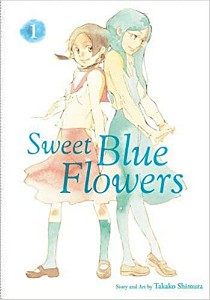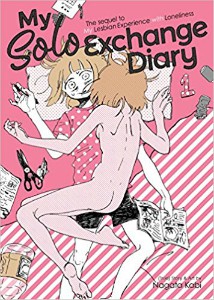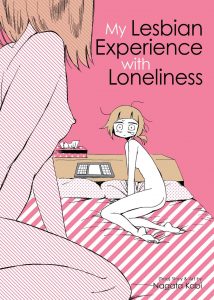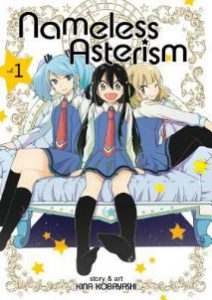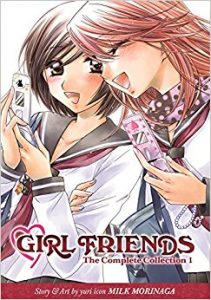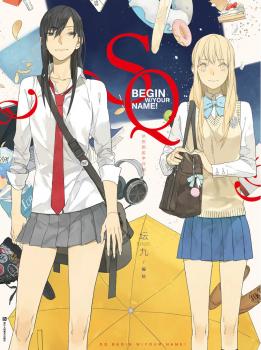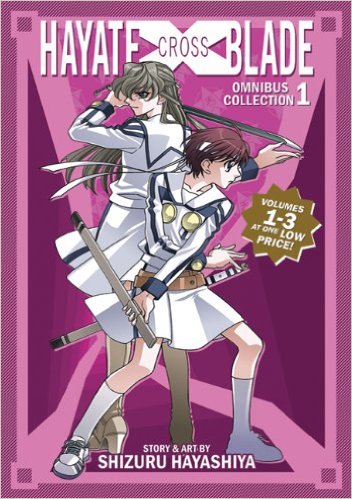Sweet Blue Flowers Volume 1 is the latest series from Takako Shimura, the creator of the excellent Wandering Son. Sweet Blue Flowers follows Fumi and Akira, former childhood friends who are reunited when Akira rescues them from gropers on the train to high school, as the girls have to reckon with their own romantic entanglements and those of their friends.
The art is incredibly cute, as you could probably expect from Takako Shimura; it’s spare but emotive, and all of the teenage characters actually look like believable teenagers! They behave like them too – the thing that I like the most about Sweet Blue Flowers is that all of the characters have realistically complicated and messy relationships for high school students. There are crushes that don’t lead anywhere! There are break-ups at the worst possible times and in the worst possible ways! There are friends trying to choose between supporting a friend who was rejected by her crush, and the friend who got asked out instead! There are miscommunications and active choices against communicating that might be frustrating in another setting, but because it’s a high school, it all makes perfect sense to me. It’s delicious in its drama and the recognisable (and surprisingly realistic for a manga) responses all of the characters have to it.
It’s also possibly the first manga I’ve seen where there’s actual coming out scenes to someone who isn’t the inevitable love interest! I liked the different reactions to people coming out – Akira’s immediate response to Fumi coming out is to ask how she can support her and what she needs, which is the purest and sweetest thing in the entire manga, especially because when Fumi tells her, she actually goes through with it! I absolutely need more friendships like that in my media. And the flip side is that when Fumi’s girlfriend comes out to her family (and by extension, outs Fumi), their reaction is to treat it as a joke, or ask invasive questions. Both of them are believable, and neither of them are a thing that I’ve seen represented in manga before despite experiencing both in real life!
My only concerns about representation is whether Yasuko’s character is going to play into biphobic stereotypes in the future for reasons that are entirely spoilery (I’m happy to give details in the comments!), and whether the feelings these girls have get dismissed as pashes or pretend relationships. I have faith in Takako Shimura that they won’t do either of these things, because their depictions of queer characters are generally kind! I am hoping that there is an accounting for Fumi’s crush on her cousin, and how many of her tangled feelings about her queerness are because of that relationship.
In conclusion: I really recommend Sweet Blue Flowers. It’s cute and emotional, and is a marginally more realistic depiction of teenage romantic drama than I expect from manga!
[CW: sexual harrassment from strangers on trains, mentions of emotional incest, outing]
Susan is a library assistant who uses her insider access to keep her shelves and to-read list permanently overflowing. She can usually be found writing for Hugo-winning media blog Lady Business or bringing the tweets and shouting on twitter.

